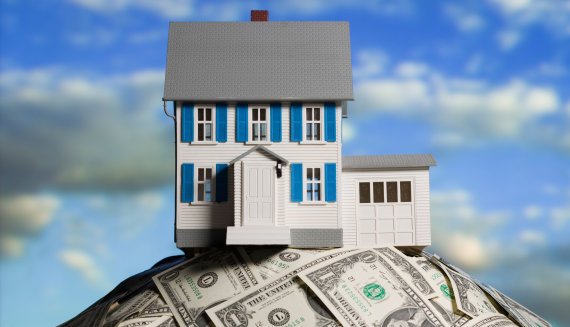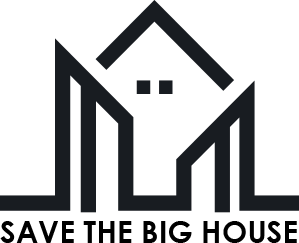
If you find yourself staring longingly at interior design layouts but think you’ll never be able to afford that elusive dream home, think again. Your dream home might not be too far out of reach if you consider renovating your existing dwelling. A home improvement project can not only add quality to your life, it may also add financial value to your home.
Homeowners in the United States spent nearly 300 billion on remodeling projects in 2010, according to a report from the Harvard University Joint Center for Housing Studies. The report concluded that even with the recent mortgage crisis, the amount of money spent on remodeling projects is on the rise.
Many homeowners decide to use their home’s equity to finance home improvements instead of relying on consumer credit, where interest rates are typically higher. There are different ways to access home equity: through mortgage refinancing, a home equity loan or a home equity line of credit.
If possible, use cash
Some homeowners feel that it is best to get the fund currently in the bank instead of borrowing immediate cash loans to improve your home. If your home improvement project is small enough, it might be wise to wait a few months to save up the funds so you can finance it yourself.
Before deciding whether you should pay outright or finance the project, ask yourself this, “How urgent is my project?”
If you want new cabinets for your kitchen, you could wait a little longer to save up the cash. But if you need to replace a leaky roof, then you should do it sooner rather than later so that additional damage is mitigated, especially if the colder and wetter seasons are approaching.
Of course, every situation is different. Many people find a good balance by funding their projects with a mix of cash and borrowing.
Cash-Out Mortgage Refinancing
If your property’s value has increased or interest rates are lower than your current rate, this option would allow you to take out a new mortgage in an amount that exceeds the existing balance on your current mortgage. If you choose to cash-out the excess, the extra money can be used to finance a home improvement project. Some home improvement financing programs will estimate the value of the home after improvements are made, qualifying the homeowner for a larger loan.
Although interest rates with a refinance are typically lower than those of a home equity loan, there are costs involved. Refinancing fees range from three to six percent of your outstanding principal. Costs involved with a refinance are similar to those of buying a home and may include appraisal fees, application processing fees and loan closing costs.
Home Equity loan
Another way to borrow against the equity in your home is through a home equity loan. This may be a good option for homeowners who are satisfied with their current mortgage rates and who aren’t interested in refinancing. With a home equity loan, you use your home as collateral and borrow a fixed amount at a fixed interest rate.
A home equity loan is a great way to go when interest rates are low and you know exactly how much money you’ll need. With a home equity loan, you’ll know exactly how much you’ll have to pay back (in principal and interest) each month. Additionally, homeowners may qualify to deduct up to $100,000 of interest paid on a home equity loan from their taxes.
However, because your home is used as collateral with this type of cash loan, it’s especially important to borrow only what you can pay back or the bank can foreclose.
Home Equity Line of Credit
With a home equity line of credit, a homeowner is approved for a specific amount of credit. The amount is determined by a percentage of a home’s appraised value minus the amount still owed on the existing mortgage. The interest on these loans is typically variable rather than a fixed rate. Because your home is used as collateral, the U.S. Federal Reserve advises that this line of credit should only be used for major expenses such as remodeling, medical or educational expenses rather than day-to-day expenses.
With this line of credit, you pay back only the money that you actually borrow. Payments will fluctuate based on the current interest rate and the outstanding balance.
Costs of Home Equity Loans and Lines of Credit
Home equity loans and lines of credit usually have the same costs and fees applied to them that a refinance does. Some lenders will waive closing costs, appraisal fees and application fees for loan processing. However, some costs may still apply.
Use low interest credit cards
If you have a good credit score, then you may qualify for a 0% (or close to 0%) interest credit card. Many financial institutions offer these cards, and the approval process usually does not take too long.
These cards should be used for projects that cost less than $15,000 and you should ensure you pay your balance within the low-interest timeframe (usually 12 to 18 months). Failing to do so could mean being charged very high interest rates.
Use a Title I loan
This is a government program that can be very useful for people with little or no equity in their homes. The loan cannot exceed $25,000 for residences inhabited by a single family and, typically, your remodeling project must fit certain requirements. However, in terms of interest, is one of the best choices you have.

